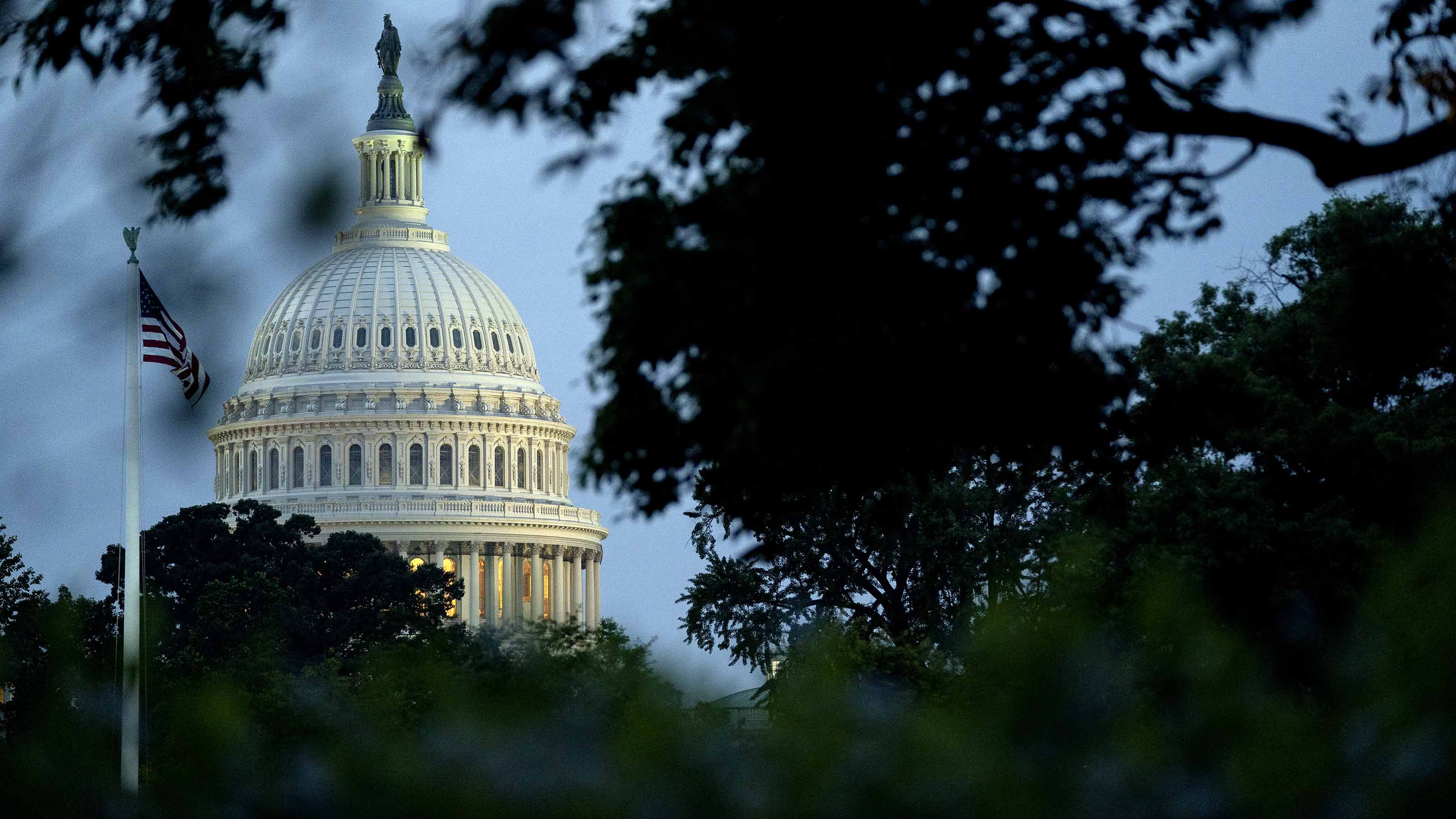Eager World Awaits American Crop Bounty
in the face of dwindling stocks of major field crops and fears of global shortages.

A huge U.S. harvest is in the works in 2011, in the face of dwindling stocks of major field crops and fears of global shortages. High prices will reward farmers, who will seed up to 9 million acres more in 2011 than last. Demand and price will dictate what gets planted most.
Corn
Acres planted in 2010: 88.2 million
Projected acres planted in 2011: 92.5 million
From just $107.88 $24.99 for Kiplinger Personal Finance
Become a smarter, better informed investor. Subscribe from just $107.88 $24.99, plus get up to 4 Special Issues

Sign up for Kiplinger’s Free Newsletters
Profit and prosper with the best of expert advice on investing, taxes, retirement, personal finance and more - straight to your e-mail.
Profit and prosper with the best of expert advice - straight to your e-mail.
Fall price 2010: $4.55/bu.
Projected fall price 2011: $5.80/bu.
If weather permits and demand jumps before farmers plant, corn acreage will jump by as much as six million acres in 2011. With an average 160 bushels/acre yield, that could produce 1.5 billion additional bushels to meet food and ethanol demands. Prices will remain strong despite increased supply.
Soybeans
Acres planted in 2010: 77.4 million
Projected acres planted in 2011: 78 million
Fall price 2010: $11/bu.
Projected fall price 2011: $13/bu.
Record acreages are in the cards and demand is robust. Exports of soybeans plus soy oil and meal are hopping, and Congress goosed demand by extending the biodiesel fuel blender subsidy. Another plus: Soft winter wheat will be harvested in Midwestern and eastern states by early summer and many fields reseeded with soybeans.
Cotton
Acres planted in 2010: 11 million
Projected acres planted in 2011: 12.6 million
Fall price 2010: $0.80/lb.
Projected fall price 2011: $1.50/lb.
Cotton plantings will soar to a five-year peak in 2011, if enough rain comes to parched Texas, which grows half of all U.S. cotton, and if conditions in the rest of the South allow normal planting. If Texas gets rain, acreage will expand 15% in 2011 on top of the 20% jump in 2010. There’s a strong market: Exports to Asia are up 118% since last July, compared with a year earlier.
Spring Wheat
Acres planted in 2010: 13.7 million
Projected acres planted in 2011: 14.2 million
Fall price 2010: $6/bu.
Projected fall price 2011: $8.70/bu.
Wheat acreage will rise only modestly, with increases in Midwestern and Eastern states offset by farmers switching to higher-value crops in other areas.
Rice
Acres planted in 2010: 3.64 million acres
Projected acres planted in 2011: 3.1 million
Fall price 2010: $11.50/cwt.
Projected fall price 2011: $11/cwt.
Rice acreage will fall by 10% to 15% from 2010’s huge crop. Big stocks on hand will keep rice prices in the moderate range, despite strong global demand and sales.
The Known Unknown
Drought on the southern Plains is withering the winter wheat and looming over spring planting. Corn Belt fields mired in mud are likely because of heavy rains, thwarting planting efforts. Late seeding would surely slash crop acreage results.
Profit and prosper with the best of Kiplinger's advice on investing, taxes, retirement, personal finance and much more. Delivered daily. Enter your email in the box and click Sign Me Up.

-
 The 7-Month Deadline That Sets Your Lifetime Medicare Premiums
The 7-Month Deadline That Sets Your Lifetime Medicare PremiumsUnderstanding Medicare enrollment is crucial, as missing deadlines can lead to permanent late enrollment penalties and gaps in coverage.
-
 Retirees Living in Portugal: You Need a Post-NHR Tax Strategy
Retirees Living in Portugal: You Need a Post-NHR Tax StrategyWhen your 10-year Non-Habitual Resident tax break ends, you could see your tax rate soar. Take steps to plan for this change well before the NHR window closes.
-
 Target-Date Fund Innovation: Built-In Income Guarantees
Target-Date Fund Innovation: Built-In Income GuaranteesWith target-date funds falling short on income certainty, retirement plans should integrate guaranteed income solutions. Here is what participants can do.
-
 AI Appliances Aren’t Exciting Buyers…Yet
AI Appliances Aren’t Exciting Buyers…YetThe Kiplinger Letter Artificial intelligence is being embedded into all sorts of appliances. Now sellers need to get customers to care about AI-powered laundry.
-
 What to Expect from the Global Economy in 2026
What to Expect from the Global Economy in 2026The Kiplinger Letter Economic growth across the globe will be highly uneven, with some major economies accelerating while others hit the brakes.
-
 The AI Boom Will Lift IT Spending Next Year
The AI Boom Will Lift IT Spending Next YearThe Kiplinger Letter 2026 will be one of strongest years for the IT industry since the PC boom and early days of the Web in the mid-1990s.
-
 Amid Mounting Uncertainty: Five Forecasts About AI
Amid Mounting Uncertainty: Five Forecasts About AIThe Kiplinger Letter With the risk of overspending on AI data centers hotly debated, here are some forecasts about AI that we can make with some confidence.
-
 Worried About an AI Bubble? Here’s What You Need to Know
Worried About an AI Bubble? Here’s What You Need to KnowThe Kiplinger Letter Though AI is a transformative technology, it’s worth paying attention to the rising economic and financial risks. Here’s some guidance to navigate AI’s future.
-
 Will AI Videos Disrupt Social Media?
Will AI Videos Disrupt Social Media?The Kiplinger Letter With the introduction of OpenAI’s new AI social media app, Sora, the internet is about to be flooded with startling AI-generated videos.
-
 What Services Are Open During the Government Shutdown?
What Services Are Open During the Government Shutdown?The Kiplinger Letter As the shutdown drags on, many basic federal services will increasingly be affected.
-
 The Economy on a Knife's Edge
The Economy on a Knife's EdgeThe Letter GDP is growing, but employers have all but stopped hiring as they watch how the trade war plays out.